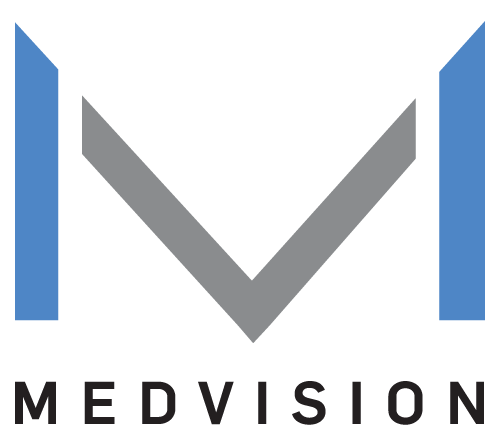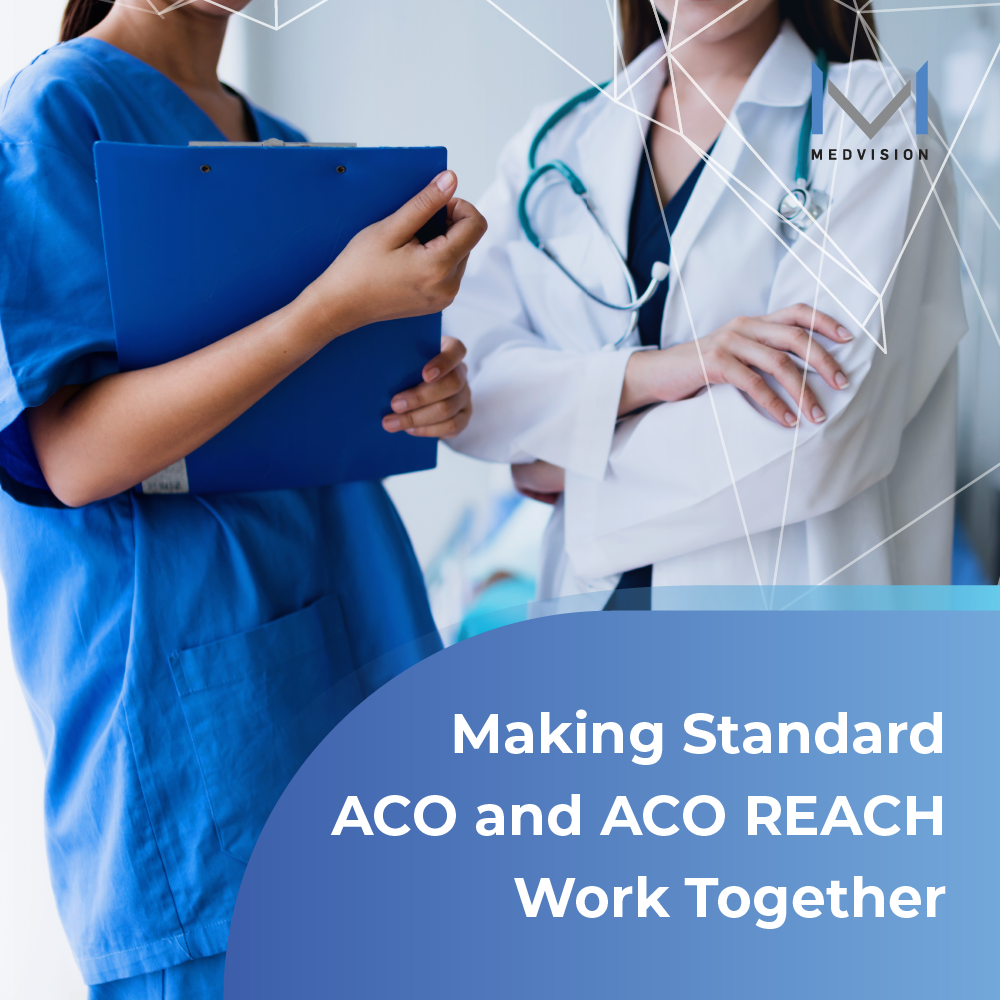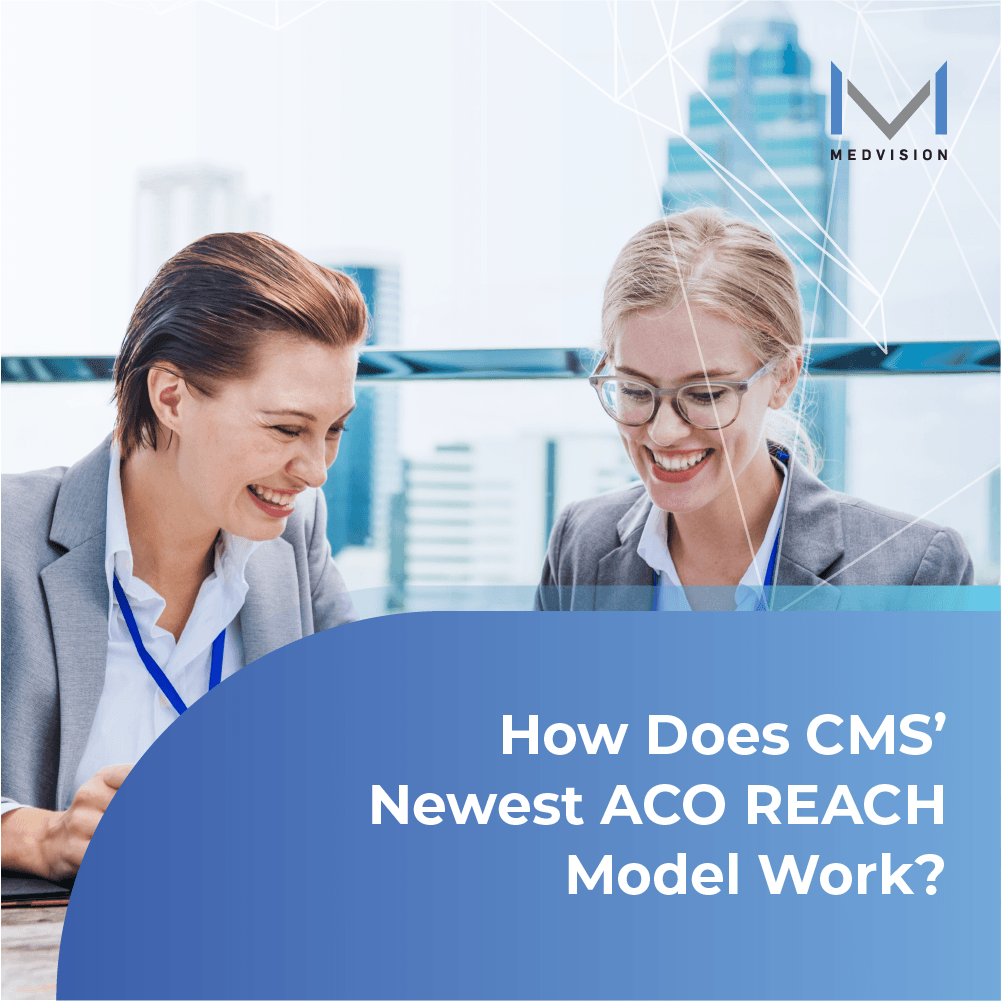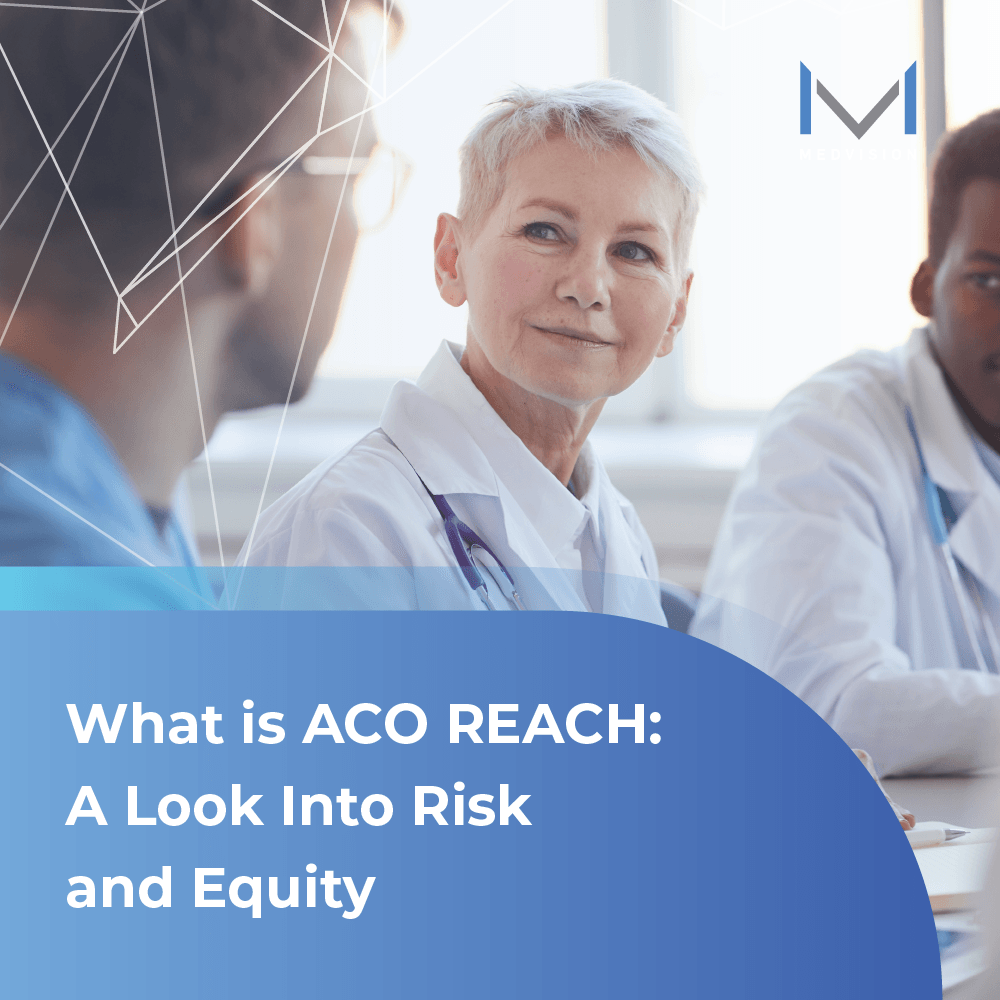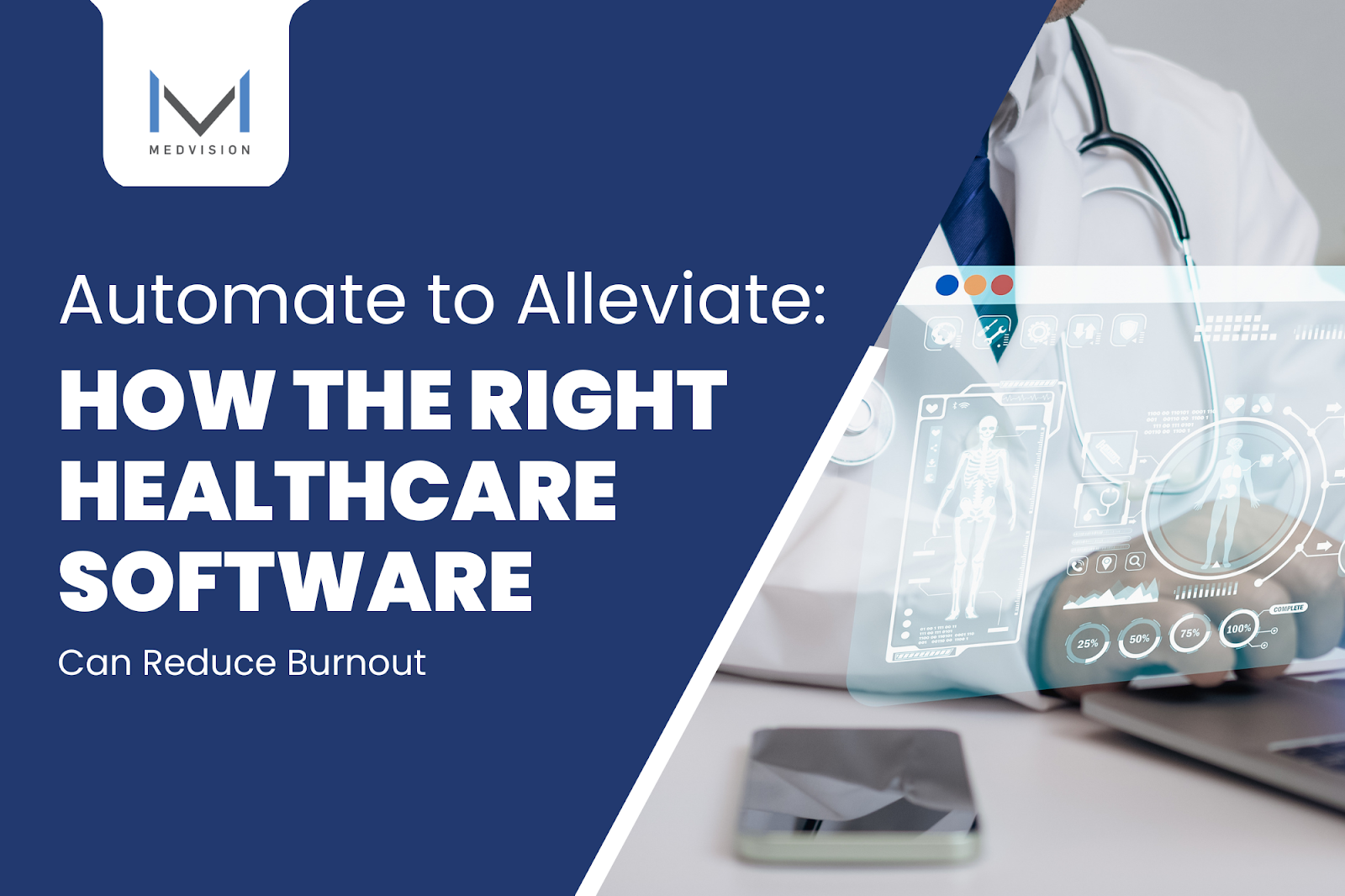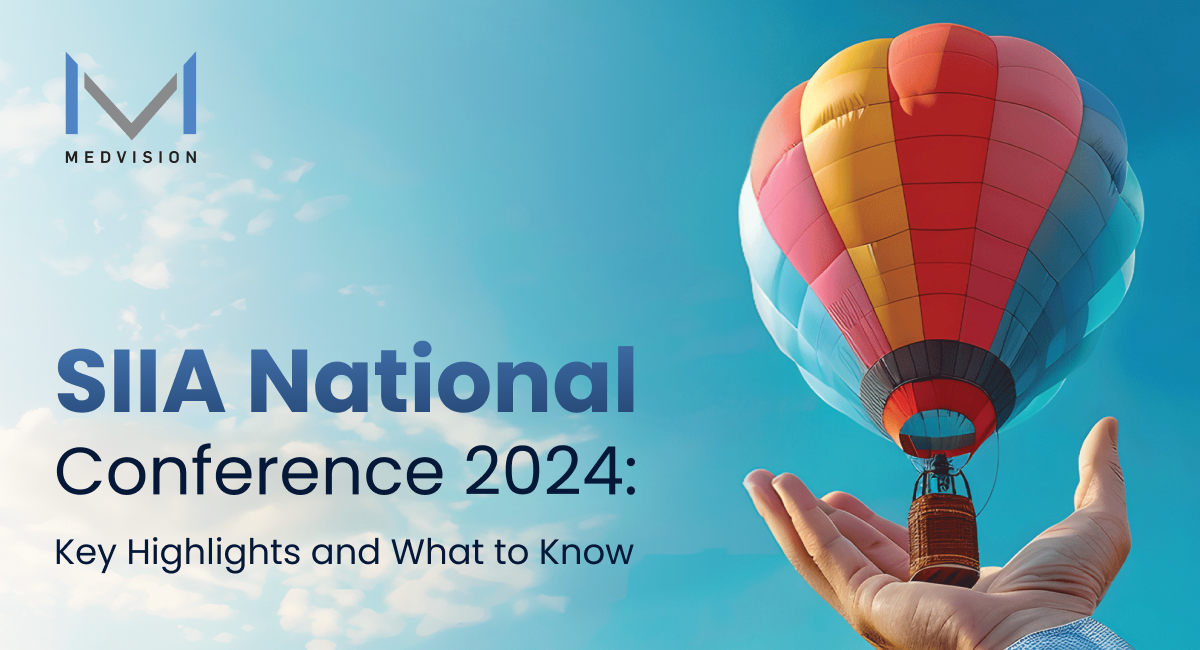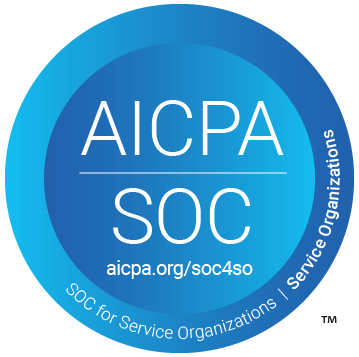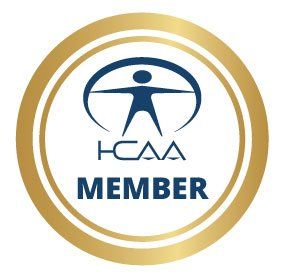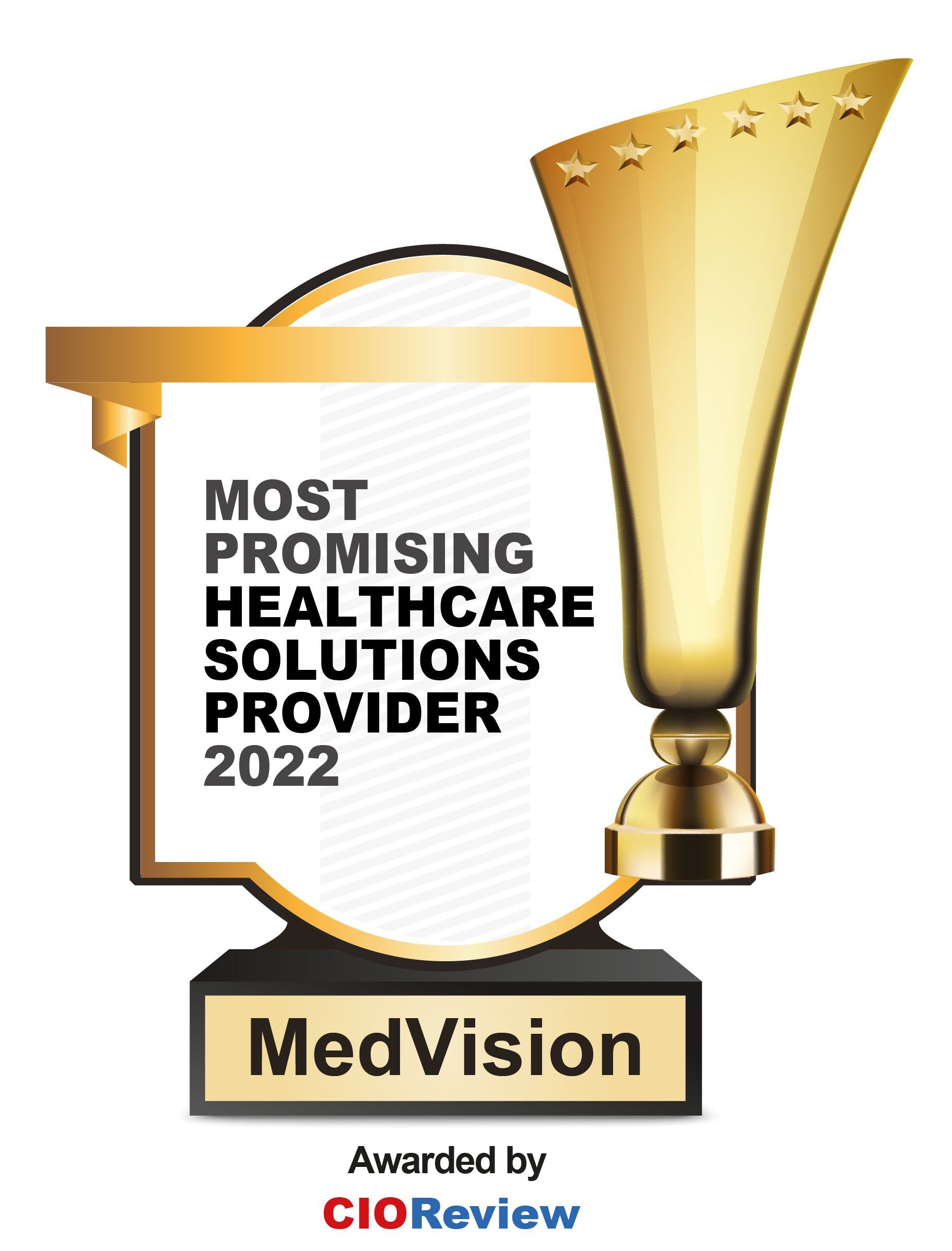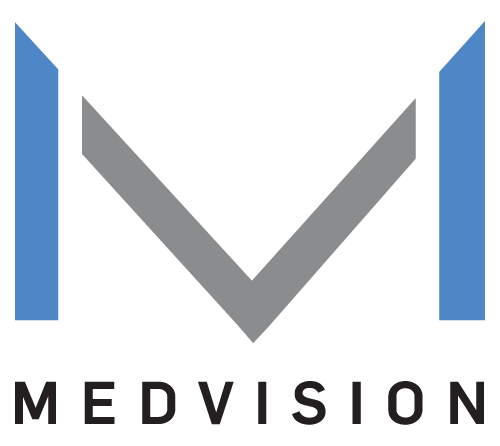Realizing Equity Access and Community Health | ACO
Accountable Care Organizations (ACOs) are set to take the next step in healthcare augmentation. The Global and Professional Direct Contracting (GPDC) model, as it was formerly known, will be slightly modified. The new structure is known as ACO REACH, which stands for ACO Realizing Equity, Access, and Community Health.
The access to improving traditional healthcare management and financial systems is to embrace transformation. This may entail integrating technology, procedures, and labor to become the change's key component. The most important part is to identify smart healthcare investments that will enable model needs to be realized. Smart healthcare investments should be able to account for future iterations and adapt to new processes.
Modernizing Healthcare Investments by Including Technology

Healthcare investments include a variety of resources, which are frequently in tangible form to produce intangible assets. Non-physical outputs of physical resources include brand name recognition, reputation, and performance.
One of the most
beneficial infrastructural investments that ACO REACH participants can make is in technology. Technology's presence and incorporation into current operations, like QuickCap can boost productivity and efficiency. As a result, companies may be better prepared to address present and future
healthcare administration needs.
MedVision developed QuickCap 7 (QC7) as a determined supporter of developing technologies that empower healthcare businesses . QC7 transforms manual workarounds into automated seamless solutions as an integrated value-based healthcare administrative solution. QC7 transforms complex procedures into efficient processes through the use of intuitive interoperability features. With a handful of these capabilities, QC7 lets businesses to focus on more important things by allowing each data-driven administrative process to flow across the entire work cycle.
- Monitor and govern member eligibility through severe reviews and approvals. Manage credentialing processes to review provider status.
- Handle patient care processing and health plan implementation in order to get better health outcomes.
- Improve care coordination and delivery by utilizing collaborative communication.
- From beginning to end, master claims management and processing
- Secure electronic data interchange (EDI) methods are used to complete private financial transactions.
ACO REACH Addresses Critical Issues in Healthcare
The ACO REACH model's fundamental premise is the pursuit of health equity. Participants in ACO REACH must submit and implement at least one meaningful health equity plan for a community. Another topic addressed by ACO REACH models is the quality of provider performance. Without excellent healthcare performance from practitioners, achieving health equity goals will be more difficult.
Disparities in Healthcare
The execution of the health equity strategy becomes hard since it necessitates the use of multiple technologies at the same time. Data management, statistical analytics, and care delivery must all complement one another. A solid data processing foundation is required for this to work. Using a single data repository to manage healthcare claims and clinical data results in more efficient and accurate output. The findings can then be used to give a more comprehensive identification of health disparities, which is essential for focusing health equity strategies.
Equity Plans Driven by Data
The identification and analysis of social marker gaps can then be filled with an appropriate healthy equity plan. The health equity plan might be based on the specific characteristics of the beneficiary health group. Once the goals have been determined, implementing the health equity plan will necessitate effective care management systems. To function efficiently, the care management system must connect the insights gathered from data analytics.
Technology will play the most essential role in empowering care coordination teams at this level. These teams will do specialized tasks based on their competencies in order to achieve the health equity plan's objectives. Creating workflows focusing on care coordination and delivery will help patients achieve their health goals. These workflows provide chances to fill gaps in order to meet ACO REACH healthcare objectives and commercial goals.
Performance of the Service Provider's Network
The ACO REACH model provides significant benefits to healthcare companies. Agreements between ACO REACH models and providers create opportunities. ACO REACH participants can evaluate the quality and cost of high-performing health practitioners using provider performance statistics. ACO REACH participants can also create novel payment models such as session-based payment agreements and sub capitation schedules.
This arrangement can benefit both the model and its preferred supplier network. As a result, the framework can define bundled operations and future costs for common health diseases and events. Prospective bundles and high-performing provider networks increase the reliability and predictability of ACO REACH models.
Streamline core business tasks into a flexible, easy-to-use automated workflow
Effective interdisciplinary operations assist reaching healthcare goals.
Explore Related Blogs
Recently published articles
Keep in touch
Subscribe to get the latest update
Trending topics
Share your insights on social media
Upcoming events and company news

